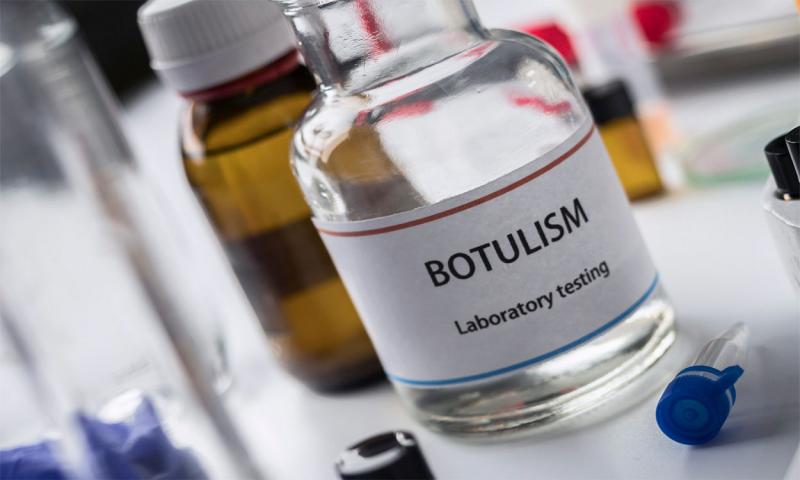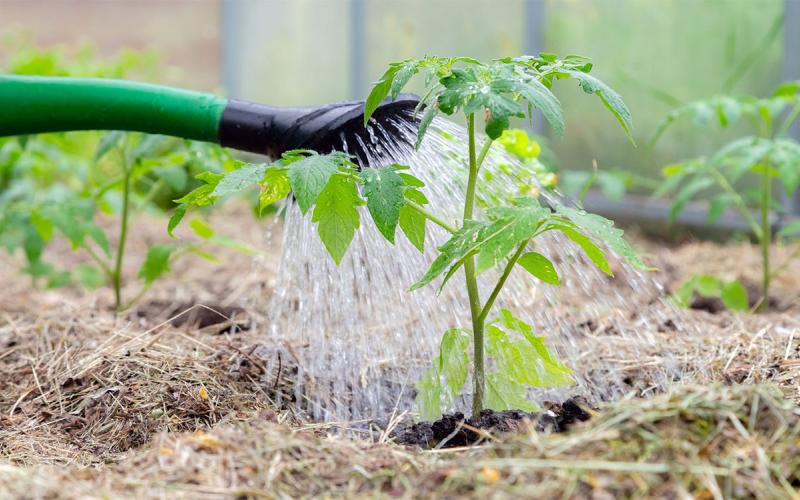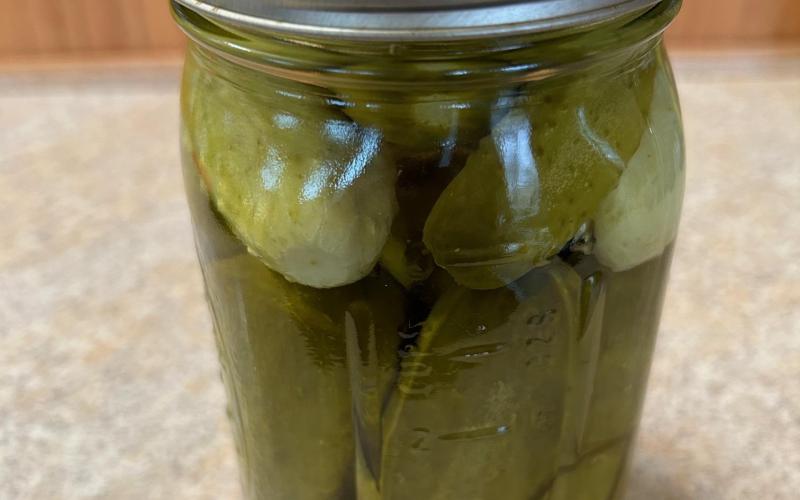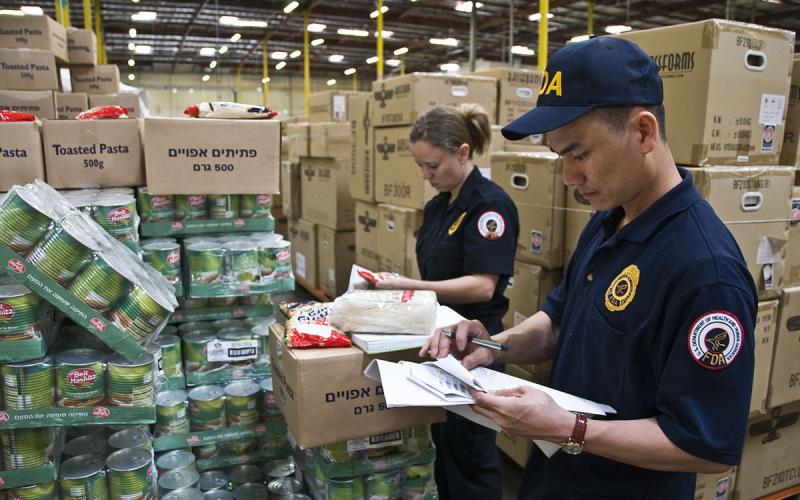Written by Abbie Lambert under the direction and review of Hope Kleine, former SDSU Extension Health Education Field Specialist, and Megan Erickson, former SDSU Extension Nutrition Field Specialist.
What is Botulism?
Botulism is a serious, rare illness that is caused by a toxin produced by the bacteria Clostridium botulinum. The toxin attacks the body’s nervous system, resulting in difficulty breathing, paralysis and eventually death if not treated. There are five main kinds of botulism, which affects humans, but this article focuses on foodborne botulism. In the United States, there are approximately 22 cases of foodborne botulism every year.
Botulism is a concern when it comes to canning and fermenting foods, as the anaerobic conditions cause the Clostridium botulinum spores to create the harmful toxin.
Clostridium botulinum

Clostridium botulinum (C. bot) is the bacteria produced by the botulinum toxin. C bot. is found naturally in many places, including on the skins of fresh fruits and vegetables. These bacteria also produce spores, which protects the bacteria from extreme conditions, such as pressure, temperature change and ultraviolet (UV) exposure. C. bot spores usually do not make people sick when they are ingested, but under certain conditions, they can produce a toxin, which causes illness.
These conditions include:
- Low-oxygen or no oxygen environment (like a canning environment)
- Low-acid
- Low-sugar
- Low-salt
- In certain temperature and water ranges
These conditions are the reason why evidence-based recipes are important to use, as the recipes have been tested to make sure all the conditions above are prevented, which prevents the production of the botulinum toxin, thus preventing people from getting sick. In addition to evidence-based recipes, it’s important to utilize the right canner, as foods with low acid will need to be placed under higher pressure to kill C. bot spores; therefore, low acid foods require a pressure canner.
Symptoms
With food-borne botulism, symptoms begin 18 to 36 hours after consumption and may include:
- Difficult swallowing
- Muscle weakness
- Blurry / double vision
- Difficulty breathing
- Difficulty moving eyes
- Diarrhea
- Vomiting
- Nausea
- Stomach pain
Treatment
If you or a loved one are experience any of the symptoms and have recently eaten home-canned foods, immediately see your doctor or visit the emergency room.
Prevention
There are several ways to prevent botulism and keep your preserved foods safe to consume.
- Wash produce: Wash fresh fruits and vegetables before starting the preservation process. This reduces the amount of bacteria on the produce’s surface.
- Use evidence-based recipes: It’s important to follow an evidence-based recipe for all preservation purposes, as these recipes have been tested in a lab for their acidity, sugar, salt and water content. They have been scientifically proven to be safe to use to preserve food and prevent botulism when prepared correctly.
- Follow safe preservation methods: Always follow safe food preservation processes, including appropriate recipes and canners. Information on preservation methods and recipes can be found on Extension websites, the U.S. Department of Agriculture website and the National Center of Home Food Preservation.
For more resources on food preservation, please visit SDSU Extension’s Food Preservation page for evidence-based resources and recipes.


